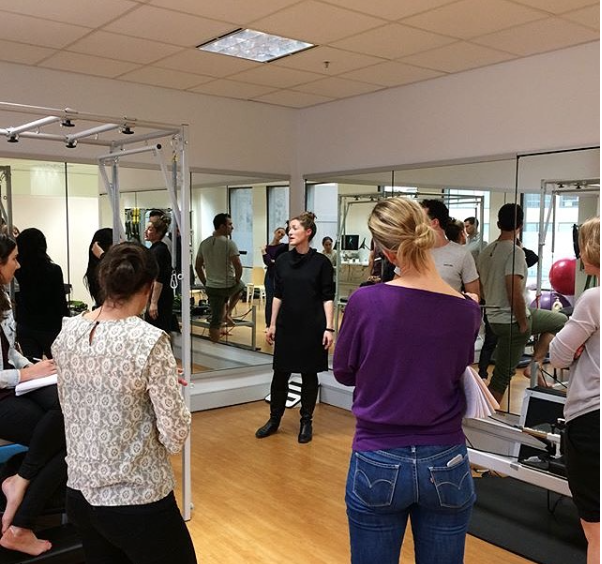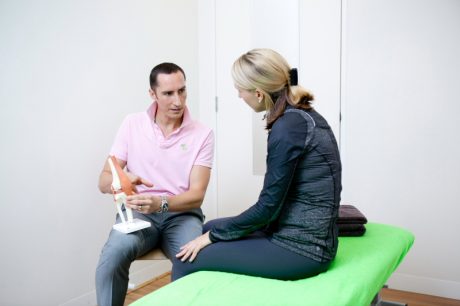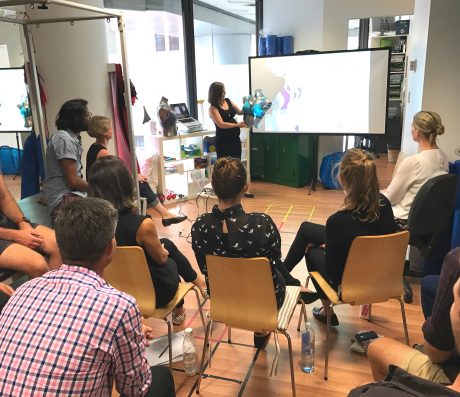Working in partnership with our patients – achieving an effective outcome
Published on
18 Feb 2019


Written by
Kate Senini
Consultant Physiotherapist
Call us on: (03) 9975 4133
As Clinicians, we engage in professional development on specific skills. Our courses are often focused on injury presentations, making an accurate diagnosis, comprehension of different types of tissues in the body, our reasoning as to how or why an injury has occurred, and our skill in devising an appropriate rehabilitation program. This is done for the key purpose of helping patients to recover from injury and achieve their desired outcomes of sporting, lifestyle, or other goals and aspirations.
As patients, we trust our health practitioners to help us recover from injury when we are feeling vulnerable, stressed, or in pain. We may also feel unhappy at the prospect of not participating in what we need to or want to be doing.
The team at Pure Physio understand that our skill as clinicians to work effectively with our patients relies heavily on our ability to communicate clearly. We may have the knowledge, but, unless we are able to share, educate, and discuss a rehabilitation plan we will only ever achieve a limited outcome.
The first Professional Development session of 2019 focused on patient interactions, and our ability to work in partnership within our team and directly with our patients. The session was built around self awareness, and understanding our own style of learning and tailoring our language to those we are interacting with.

We used the example of a clinician who is a ‘big picture’ thinker treating a patient who is a ‘fine detail’ thinker.
For example, a patient is feeling stressed about their neck injury that will impact their ability to perform computer work. They have a large and important deadline to meet and are worried they will not be able to finish. If the clinician used their own preferred style they would explain to the patient that; “they will be fine and will complete their work by the deadline”. However, this patient requires detail – what are the steps to achieving the outcome? What are the timeframes? What exercises, advice, or strategies will be implemented throughout the journey? How many treatment sessions will this require?
These are all the questions flying through the patients head whilst they consider that clinician to be vague, flippant and perhaps not engaged in their recovery.
Equally, the opposite could be true. The clinician may be a ‘fine detail’ thinker, who communicates every detail of the treatment plan to the patient. The patient may be a ‘big picture’ thinker, who becomes overwhelmed by too much detail. In this instance, the patient can be reassured that they will reach their work deadline, and that is enough. Too much information in one session may leave them feeling more stressed than when they came in.

It can be seen that our ability to understand our patients and their preferred style can make an enormous difference in how the journey to recovery is achieved. We need to consider the preference of receiving information and detail, whether big picture or finer details are required, and whether they are an ‘ideas person’, or more analytical.
The Pure Physio team remain committed to our approach to working in partnership with our patients. The investment in our internal team to better ourselves in understanding and fine tuning our communication styles will then enable us to continue to provide a higher level of personalised care. It will allow us to build more effective trust, understanding, and rapport with each patient we meet, in turn enabling us to work together to achieve the desired outcome of each patient – no matter what that is!
We’re here to help.
For more info, give us a call. (03) 9090 7325
About the Author
Kate Senini — Consultant Physiotherapist
Kate, who was a founding partner at Pure Physio in 2010, is now working exclusively in a clinical role. Helping people recover from injury and prevent future injuries has always been her true passion!
Back to blog home